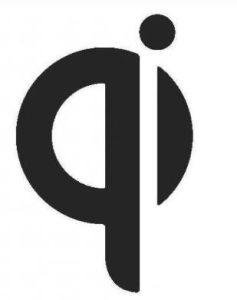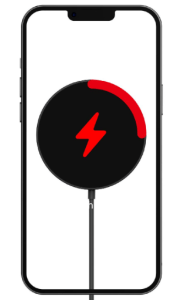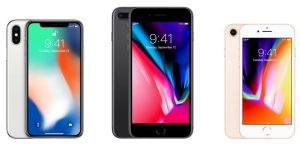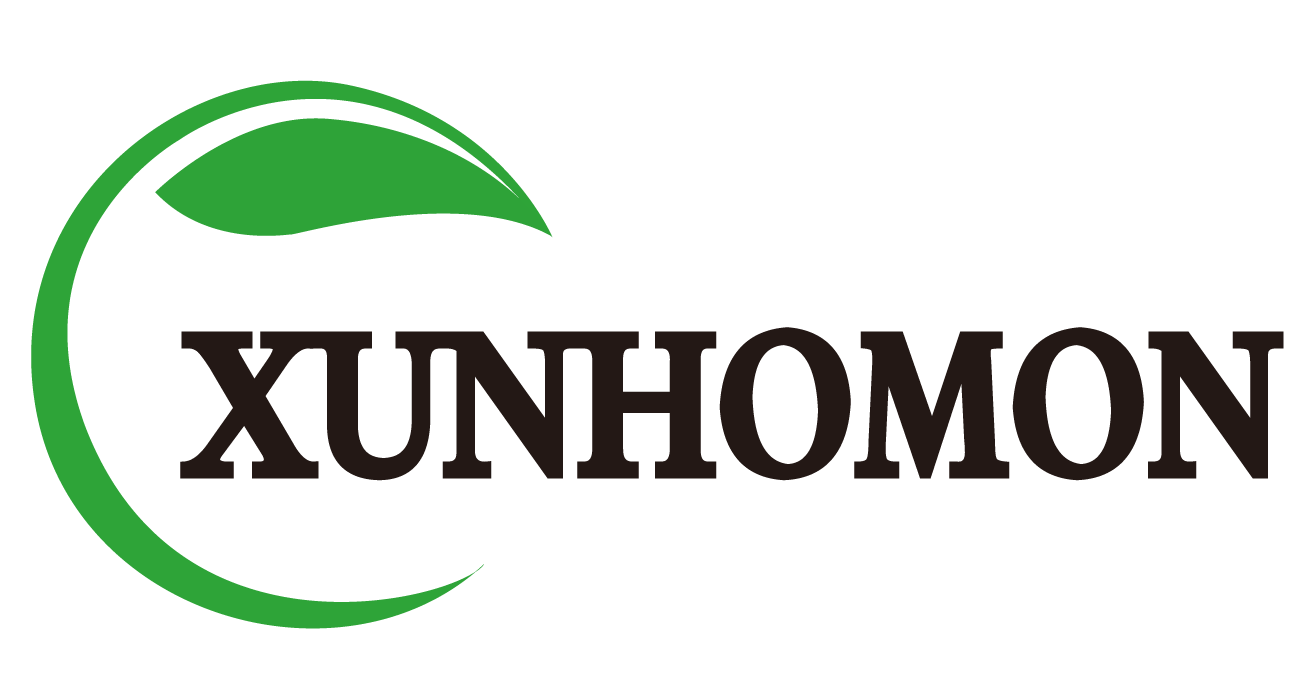Wireless Charging Development
Wireless charging, it’s not really new, even dating back to the 19th century, a physicist named “Tesla” was already doing experiments with wireless power transmission.
The time when people pay attention to it was, in some degree, with the launch of Apple’s iPhone 8 series (and the iPhone X ). These three new models in 2017 used wireless charging technology that supports up to 7.5W input. As Apple’s strong industrial leadership, more and more phones have supported wireless charging, it started large scale application.

Today we will talk about some knowledge about ‘wireless charging’ briefly and sort out its history.
1. So what is wireless charging?
The wireless charging in the mobile phones is mainly electromagnetic induction. The whole working group usually contains the transmitter and receiver, which corresponds to the coil in the wireless charger and the phone.
It is based on the principle: [electricity generates magnetism, magnetism generates electricity].
It’s all about physics: electricity and magnetic fields are actually capable of converting into each other under certain conditions.
The flow of charging occurs as follows:
In the wireless charging base (wireless charger), a certain power of alternating current triggers a change in the magnetic field, and because of electromagnetic induction, the coil inside the phone senses the change in the magnetic field and form a current, which then enables charging the phone battery.
The whole process does not require the phone to be plugged with a power cord, but the charger on the transmitting end still needs.
In other words, “electricity” exists only inside the charger and the phone, for the middle air layer, the energy used for conversion exists in the form of “magnetism”.

2. About the history of wireless charging.
In 1890, Nikola Tesla thought that wireless power could be achieved with a Tesla coil, but the experiment was unsuccessful.

In 1978, American inventor John George Bogle began experimenting with wireless charging of electric cars.
In 1989, Hachi Electron of Japan proposed a circuit with the exact same principle as WiTricity’s magnetically coupled resonance.
In 1993, Daifuku Japan found the world’s first contactless power supply and delivery system. The theoretical basis came from John Boyce’s theory at the University of Auckland.
In 1994, the developer of Murata Manufacturing Company announced “Magnetically Coupled Resonance Technology”.
In November 2006, Marin Soljashik of the Massachusetts Institute of Technology (MIT) succeeded in a 2-meter transmission experiment.
In January 2009, WiPower developed the magnetic resonance standard “A4WP”, which supports power transmission of up to 50W over distances of up to 5 cm with a power transmission frequency of 6.78 MHz.
In July 2010, the Wireless Power Consortium (WPC) developed the magnetic induction standard “Qi”. A standard for mobile terminals with 5W or less was developed.
In January 2012, the IEEE released the PMA magnetic induction standard based on the IEEE Standards Association (IEEE-SA), and the industry formed the Power Matters Alliance (PMA). This standard is similar to Qi and focuses on building a set of standards for safe, energy-efficient inductive power and intelligent power management.
In September 2015, the A4WP and PMA wireless charging organizations merged to form the AirFuel Alliance to promote a unified wireless charging standard.
In February 2019, WiTricity technology was integrated with Qualcomm Halo (Halo IPT from the University of Auckland) technology.
Above, we just need to grab a few key words: Qi, A4WP, PMA.

3. Organizations and standards in the field of wireless charging
Following the merger of the PMA and A4WP in 2015, there are now two wireless charging standards in the market.
1. the Wireless Power Consortium’s (WPC) Qi standard, co-led by the 24 governing membership.
2. AirFuel Alliance’s (AFA) AirFuel Resonant (A4WP standard) and AirFuel Inductive (PMA standard), co-led by 15 board members.
A dual-mode development solution and certification program is proposed to try to let the two standards develop together in different application environments, and the future will integrate magnetic resonance and magnetic induction technology to promote a unified standard for wireless charging.
Among them, Qi standard is the wireless charging standard that we use the most.

Qi is a universal standard that allows any brand of product with the Qi logo to be charged with a Qi wireless charger. This standard was introduced to China in 2010.
Today, most phones in the market support the Qi standard, but just like the wired fast charging protocols, there’s a long way to go to create a unified standard.

And then, the private protocols development began, many mobile phone manufacturers brands, gradually embarked on the path of wireless charging by leaps and bounds.
4. Some key nodes
Back in 2012, Nokia launched a wireless charging-enabled phone. The Lumia 920 is a memory of many people’s youth. Nokia is the pioneer and promoter of wireless charging.
Since the release of the Nexus 4 in 2012, all of Google’s phones have supported wireless charging.
Samsung has been a firm player in the wireless charging push, after the 2015 Galaxy Note 5, its flagship models almost support wireless charging.
In 2017, Apple released three new models – iPhone 8, iPhone 8 Plus, iPhone X. It’s the first time that the entire iPhone series support wireless charging, which is Qi certified and equipped with 7.5W wireless fast charging, and all models since then have supported wireless charging.

In 2018, Huawei announced its first wireless charging phone, the Huawei Mate RS Porsche Edition, which supports 10W wireless fast charging.
In 2018, Hammer Technology released its first wireless charging-enabled phone, the Nut R1, at Beijing’s National Stadium ‘Bird’s Nest’.
2018, the release of the Xiaomi MIX 2S, the first Xiaomi phone to support wireless charging.
2019 the launch of the Xiaomi 9 series, the world’s first 20W wireless quick charger.
In 2019, Meizu officially released Meizu zero true hole-less phone, which is the world’s first true hole-less all-wireless smartphone. It is the world’s first true non-porous all-wireless smartphone with a non-porous design and Meizu’s self-developed 18W wireless super fast charging.
In 2020, Huawei P40 Pro+ was released, equipped with 40W wireless super fast charging.
In 2020, the Xiaomi 10 Supreme Anniversary Edition was released with 50W wireless charging.
2020, OnePlus’ first wireless charging-enabled flagship, the OnePlus 8 Pro, is released with 30W WarpCharge support.
In 2021, OnePlus’ second wireless charger, the Warp 50 Wireless SuperFlash, is released with the OnePlus 9 series.

At present, Xiaomi has announced that 80W / 120W wireless charging has been implemented in the laboratory one after another, we have reason to believe that in the future, major manufacturers will bring more mature and more convenient solutions to consumers, in short, the future of wireless charging is promising.
